Agriculture has always required skill, experience, and timing. Farmers traditionally depended on observation and intuition to manage crops and increase yields. However, changing weather patterns, pests, and soil conditions often made farming uncertain. Today, artificial intelligence (AI) is transforming agriculture by replacing guesswork with data-driven precision.
Using real-time data, sensors, and predictive analytics, AI in agriculture helps farmers monitor crops, manage resources, and predict harvests more accurately. Crop monitoring and yield prediction powered by AI allow for smarter decisions, reduced waste, and greater efficiency. This technology marks a shift from routine farming to a more scientific, technology-driven approach.
Not long ago, crop monitoring was all about walking the fields, feeling the soil, and spotting problems with the naked eye. While those traditional skills still hold value, AI in agriculture has completely changed how farmers watch over their crops. Instead of relying solely on experience, they now have smart technology working alongside them — scanning fields from above and below.
Drones equipped with AI-powered cameras glide over farmland, capturing high-resolution images that reveal what the human eye might miss. Machine learning tools analyze these images in real time, spotting early signs of pests, diseases, or nutrient problems long before they become serious. Quick action by the farmer means they only treat infected sections and never waste money on damage.
Satellite technology provides an added dimension of information. These high-tech sensors monitor variations in color, moisture, and plant cover across large tracts of land. A mere shift can set off an alert from an AI system, providing farmers with detailed insights into the well-being of every part of their land.
However, AI in crop monitoring does not end on the surface. Soil sensors unobtrusively collect subsurface data—levels of moisture, nutrients, and pH balance—pumping it into AI models that provide custom guidance on irrigation and fertilization.
Weather forecasting powered by AI is also a game-changer. By analyzing live weather data, these systems predict rainfall, temperature shifts, and humidity, helping farmers plan for what’s ahead. In the end, AI in agriculture isn’t just about automation — it’s about giving farmers a clearer, smarter view of their land, right down to the smallest detail.
Predicting crop yield used to be part science, part gamble. Farmers would estimate based on experience, rainfall, and visible crop health. However, AI has changed this process entirely by providing highly accurate yield forecasts long before harvest.
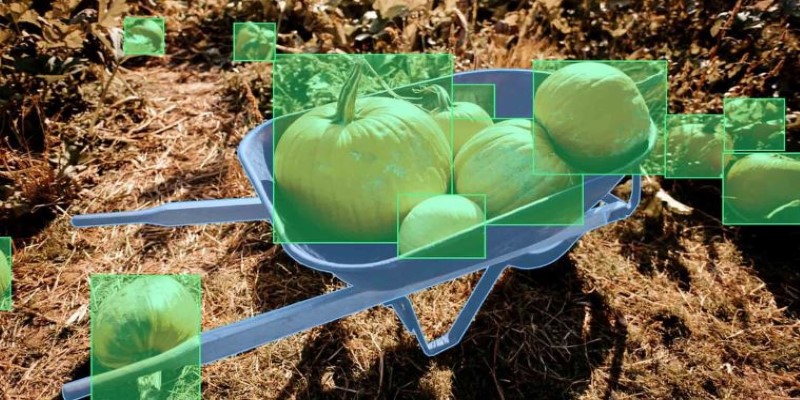
Yield prediction models estimate output using a combination of satellite imagery, soil data, weather patterns, and historical crop performance. These models continuously learn and adjust as new data arrives, making the prediction more accurate over time. For instance, if a particular part of a field is prone to waterlogging, the AI system will consider this factor when calculating the yield for that area.
AI in agriculture also uses machine learning algorithms to analyze plant growth stages. Factors like leaf size, stem thickness, and flower formation are analyzed against optimal growth standards. If any area of the field is lagging, farmers can act early to correct the problem — whether it’s adjusting nutrients or increasing irrigation.
AI-based yield prediction is helpful for farmers and the entire supply chain. Agribusiness companies, distributors, and retailers can plan better when they know how much produce to expect from a region. This minimizes storage costs, transportation issues, and even market price fluctuations.
Another fascinating aspect is the integration of AI with farm management software. Farmers can access detailed reports on expected yield, broken down by crop type and field location. This allows them to plan labor needs, storage facilities, and sales strategy well before the harvest season begins.
AI in agriculture delivers more than higher crop yields — it promotes sustainable and efficient farming. With AI-powered crop monitoring and yield prediction, farmers manage resources precisely. Instead of treating entire fields uniformly, AI identifies specific areas needing care. This targeted method reduces chemical use, lowers costs, and minimizes environmental damage, supporting eco-friendly and smarter farming practices.
Water conservation is another significant advantage. AI tools monitor soil moisture in real-time, ensuring crops receive only the necessary amount of water. This reduces waste and is especially valuable in drought-prone regions.
Accurate yield prediction helps minimize food waste. By forecasting harvest volumes more precisely, farmers can better plan their planting schedules and market supply, avoiding overproduction and spoilage.
AI also contributes to lowering carbon emissions. With advanced monitoring tools, farmers can reduce the use of machinery for field inspections, saving fuel and preserving soil quality.
Importantly, AI technology is becoming accessible to small farmers through affordable apps and smart devices. This levels the playing field, allowing smaller agricultural operations to compete more effectively in the market. Ultimately, AI in agriculture promotes smarter, greener, and more sustainable farming practices.
The future of AI in agriculture looks promising, bringing smarter solutions to farming challenges. Soon, farmers will use smartphone cameras for real-time plant health checks, instantly identifying diseases and receiving treatment advice.
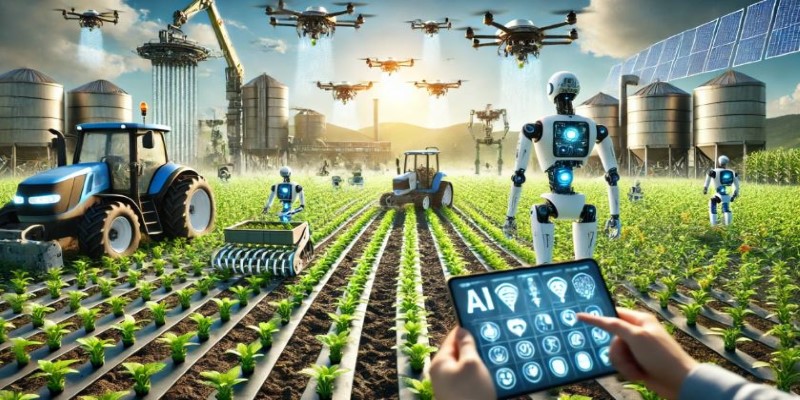
Predictive maintenance will prevent equipment failures, saving time and costs. AI will also drive precision breeding, creating crops resistant to drought, pests, and disease—crucial in a changing climate. Robotics powered by AI may handle planting, irrigation, and harvesting with little human effort, working around the clock.
However, data privacy and limited technology access in rural areas must be addressed for fair adoption. Despite these challenges, the path forward is clear. AI in agriculture will play a key role in ensuring sustainable farming, higher crop yields, and global food security in the years ahead.
AI in agriculture is quietly changing the way farming works, offering precision where guesswork once ruled. With advanced crop monitoring and yield prediction, farmers can make smarter choices, conserve resources, and improve productivity. This technology isn’t about replacing tradition — it’s about strengthening it with real-time insights and data-driven planning. As challenges like climate change and food demand grow, AI in agriculture stands ready to support sustainable farming, helping farmers feed the world while protecting the land for future generations.

How leveraging AI into your business can help save time, reduce repetitive tasks, and boost productivity with simple, smart strategies

The development of chatbots throughout 2025 will lead to emerging cybersecurity threats that they must confront.

Nvidia Acquires Israeli AI Startup for $700M to expand its AI capabil-ities and integrate advanced optimization software into its platforms. Learn how this move impacts Nvidia’s strategy and the Israeli tech ecosystem
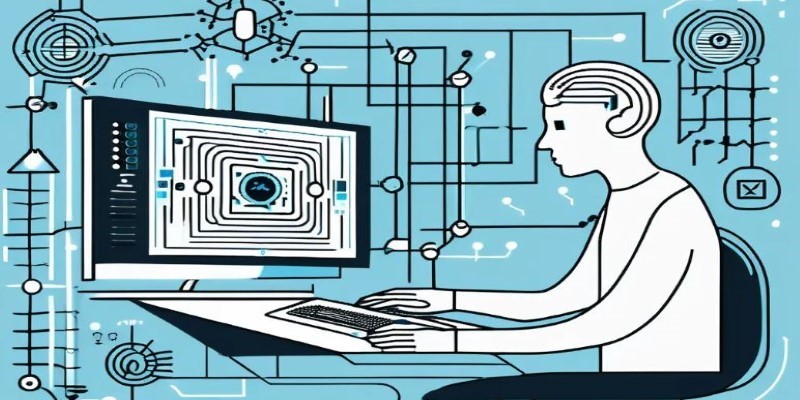
Uncover how The Turing Test shaped our understanding of artificial intelligence and why modern AI evaluation methods now demand deeper, task-driven insights
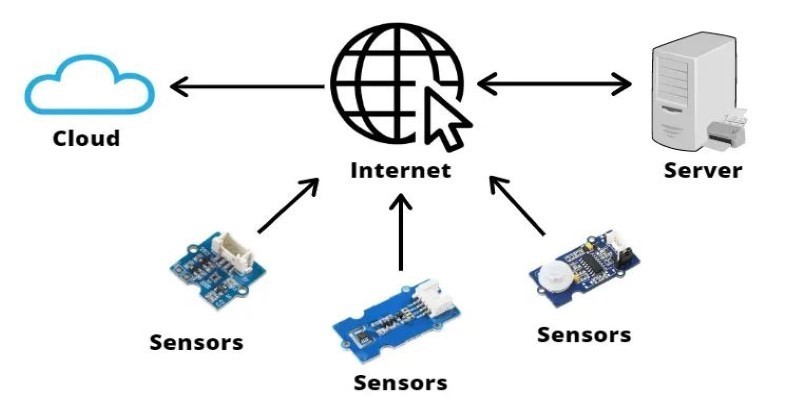
How Edge AI is transforming technology by running AI on local devices, enabling faster processing, better privacy, and smart performance without relying on the cloud

AI changes the workplace and represents unique possibilities and problems. Find out how it affects ethics and employment
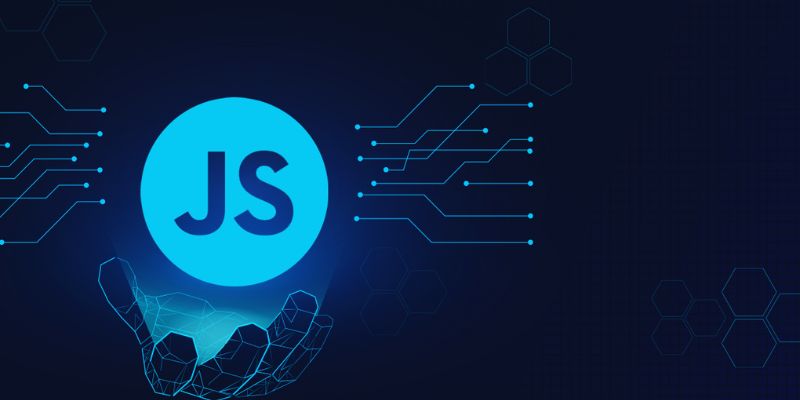
Know the pros and cons of using JavaScript for machine learning, including key tools, benefits, and when it can work best
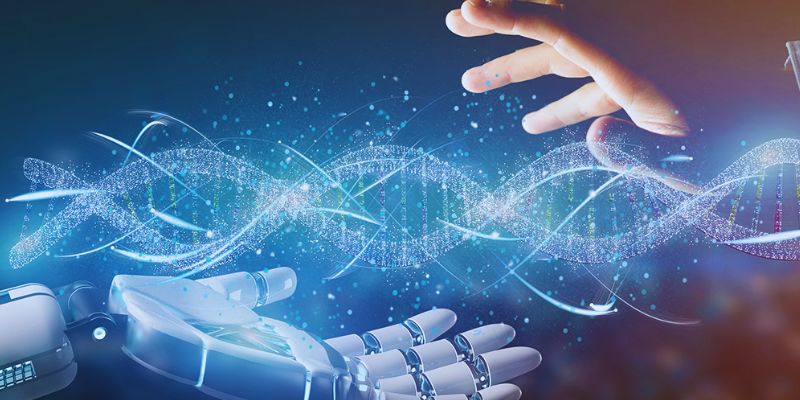
Can artificial intelligence make us safer? Discover how AI improves security, detects threats, and supports emergency response
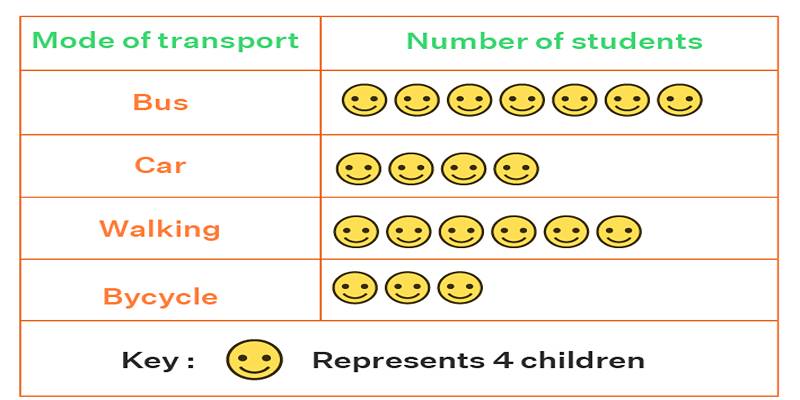
Learn what a pictogram graph is, how it's used, and why it's great for data visualization. Explore tips, examples, and benefits.

The Black Box Problem in AI highlights the difficulty of understanding AI decisions. Learn why transparency matters, how it affects trust, and what methods are used to make AI systems more explainable

How to visualize proteins using interactive, AI-powered tools on Hugging Face Spaces. Learn how protein structure prediction and web-based visualization make research and education more accessible
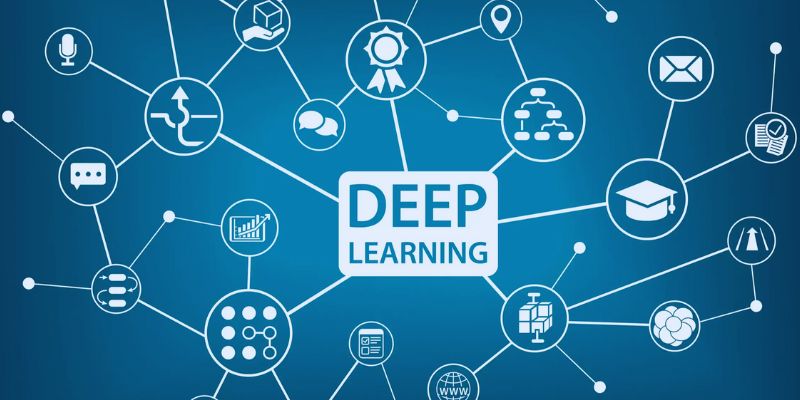
Fastai provides strong tools, simple programming, and an interesting community to empower everyone to access deep learning